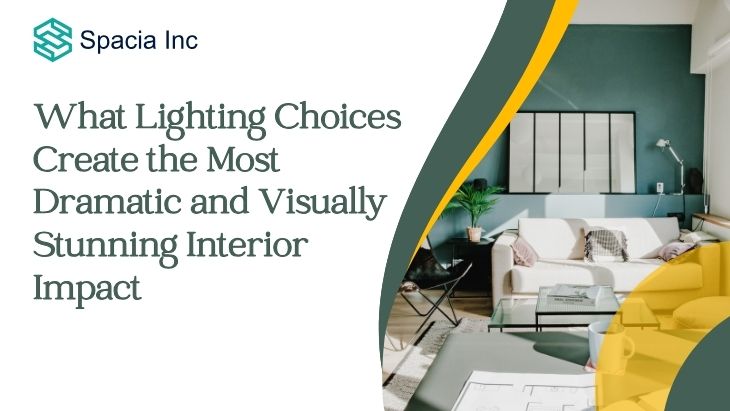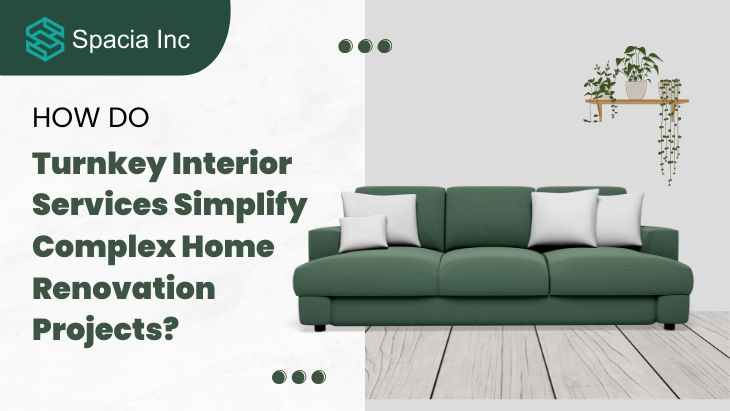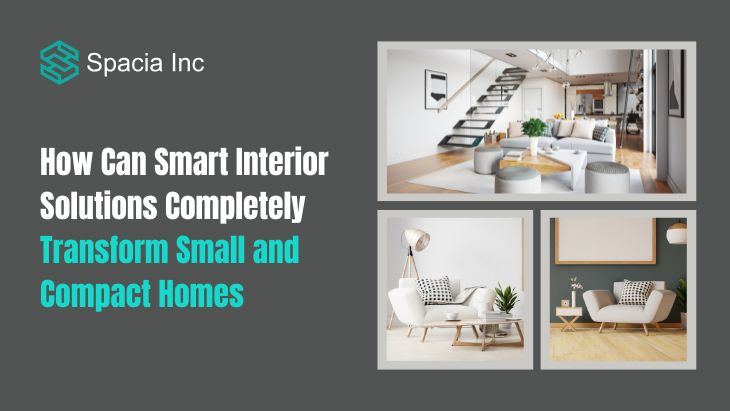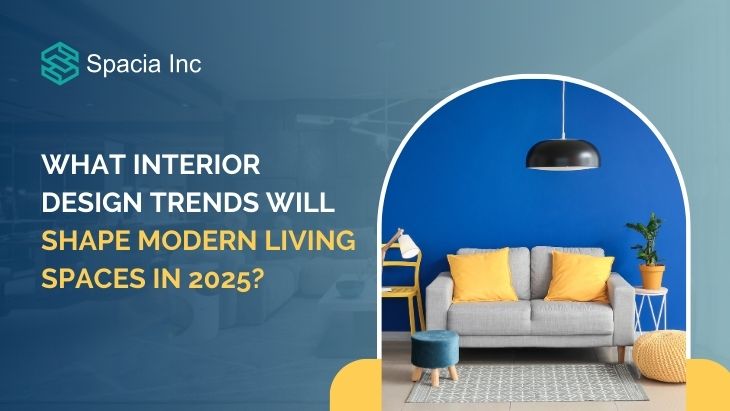The contemporary workplace is in the midst of a revolution. Interior Design & Turnkey Solutions No longer confined to clusters of desks and fixed cubicles, contemporary workspaces are adaptive, dynamic, and smart. Underlying this evolution is AI-driven architecture, which is transforming the design, experience, and adaptation of spaces. As companies strive to enhance productivity, health, and engagement, the alliance between artificial intelligence and intelligent design has become mission-critical. Alongside interior design & turnkey solutions, AI architecture is transforming the way businesses design people-focused spaces designed for the workforce of the future.
The Transformation of Workspaces in the Modern Era
In the last ten years, what constitutes a "workspace" has completely shifted. From open office spaces and home-based workstations to blended models and digital collaboration platforms, the way companies get things done has been reinvented. Yet the physical work environment continues to be important to productivity and culture. AI architecture is now facilitating space not only beautiful but also responsive, adaptive, and optimized by employee behavior and needs. This implies going beyond ergonomic chairs and considering how spaces can think, learn, and react like a living organism.
Understanding AI Architecture in the Context of Work
AI architecture embeds artificial intelligence within the layout, structure, and maintenance of physical spaces. It leverages data from sensors, worker interaction, energy consumption, and activity flow to design spaces that learn and adapt. They may automate lighting, shift air quality, reorganize meeting spaces, or even redirect traffic flow—all for the purpose of employee comfort and operational effectiveness. When combined with interior design & turnkey solutions, AI-driven spaces not only provide functionality but also a harmonious combination of aesthetics and intelligent technology.
Customized Work Spaces through AI
Each employee works differently some perform better in quiet areas, others in collective hubs. AI architecture enables customized workspace settings that can make real-time changes according to employee needs. For instance, AI systems can store favorite lighting and temperature levels or recommend best workspaces according to calendar schedules. Employees can also reserve hot desks or rooms through AI-powered apps, minimizing friction and enhancing satisfaction. Such personalization makes spaces more human-centric to enhance comfort and morale.
Space Usage and Resource Optimization
Traditional offices are usually overused or poorly managed. AI architecture solves this by giving real-time information about the usage of space. It is able to monitor how frequently some rooms are used, understand which areas are bottlenecks, and even pick up on overcrowding. All this information gives facility managers the power to make sensible decisions about reconfiguring layouts, allocating resources, and scheduling. With interior design & turnkey solutions, such adjustments can be made smoothly, making a space that is tailored to both employee usage and organizational objectives.
Fostering Cooperation and Interaction
Smart workplaces are not only about solitary productivity—they're also tailored to stimulate cooperation. AI systems can examine patterns of communication and provide workspace recommendations that maximize collaboration. For example, if two departments work together often, AI can advise placing their workspaces close together or creating shared lounges to promote interaction. This anticipatory spatial intelligence enhances collaboration, minimizes silos, and fosters openness culture. Integrated design services bring these suggestions to life in a way that is both beautiful and effective.
Environmental Sustainability through Intelligent Design
AI architecture plays a big part by optimizing the use of energy, eliminating waste, and empowering sustainable practices. Sensors can dim lights in unoccupied rooms automatically, optimize HVAC systems according to occupancy, or alert facility teams when maintenance is necessary. Such actions reduce the consumption of resources and provide a more environmentally friendly work environment. Working with interior design & turnkey solutions providers means that these sustainable systems are nicely integrated into the design, without losing aesthetic beauty.
Enhancing Employee Well-Being and Mental Health
The influence of the work environment on mental well-being is well established. Inadequate lighting, noise, temperature, and congested areas can cause stress, fatigue, and decreased productivity. AI architecture enhances these elements by continually inspecting and adapting surrounding conditions. Intelligent lighting that simulates natural daylight, noise-level monitoring, or even immediate air quality enhancement can greatly improve employee welfare. When carefully combined with expertly curated interiors, these features produce an environment where employees feel nurtured, stimulated, and inspired.
Real-Time Feedback and Ongoing Enhancement
A key element of AI in architecture is its power to learn and refine. For instance, if there are areas that are always underutilized, the system can recommend design adjustments or repurposing suggestions. Feedback gathered from staff can also be processed to enhance comfort and productivity. Interior design & turnkey solutions provide for these enhancements to be made effectively, with consistency between design and function as requirements change.
AI-Powered Safety and Compliance
In the post-COVID future, hygiene and safety are at the heart of workspace design. AI tools can track social distancing, monitor footfall, and control occupancy rates to maintain adherence to health regulations. Contactless entry, autonomous sanitization systems, and real-time notification of densely populated areas are a few of the ways in which AI is transforming workplace safety. When effortlessly integrated into the workspace by seasoned design groups, these features offer a secure yet hospitable space for every employee.
Conclusion
AI architecture isn't a fad it's the future of designing and engaging work. Spacia personalization and wellness to sustainability and collaboration, intelligent spaces infuse every aspect of the employee experience. With the addition of masterfully delivered interior design & turnkey solutions, businesses can create spaces that are not only technologically enabled but also stunning, effective, and eminently human. As distinctions between technology and design dissolve, the most effective spaces will be those that respond to the way individuals work, feel, and interact igniting productivity and intention in every square foot.





Leave a reply